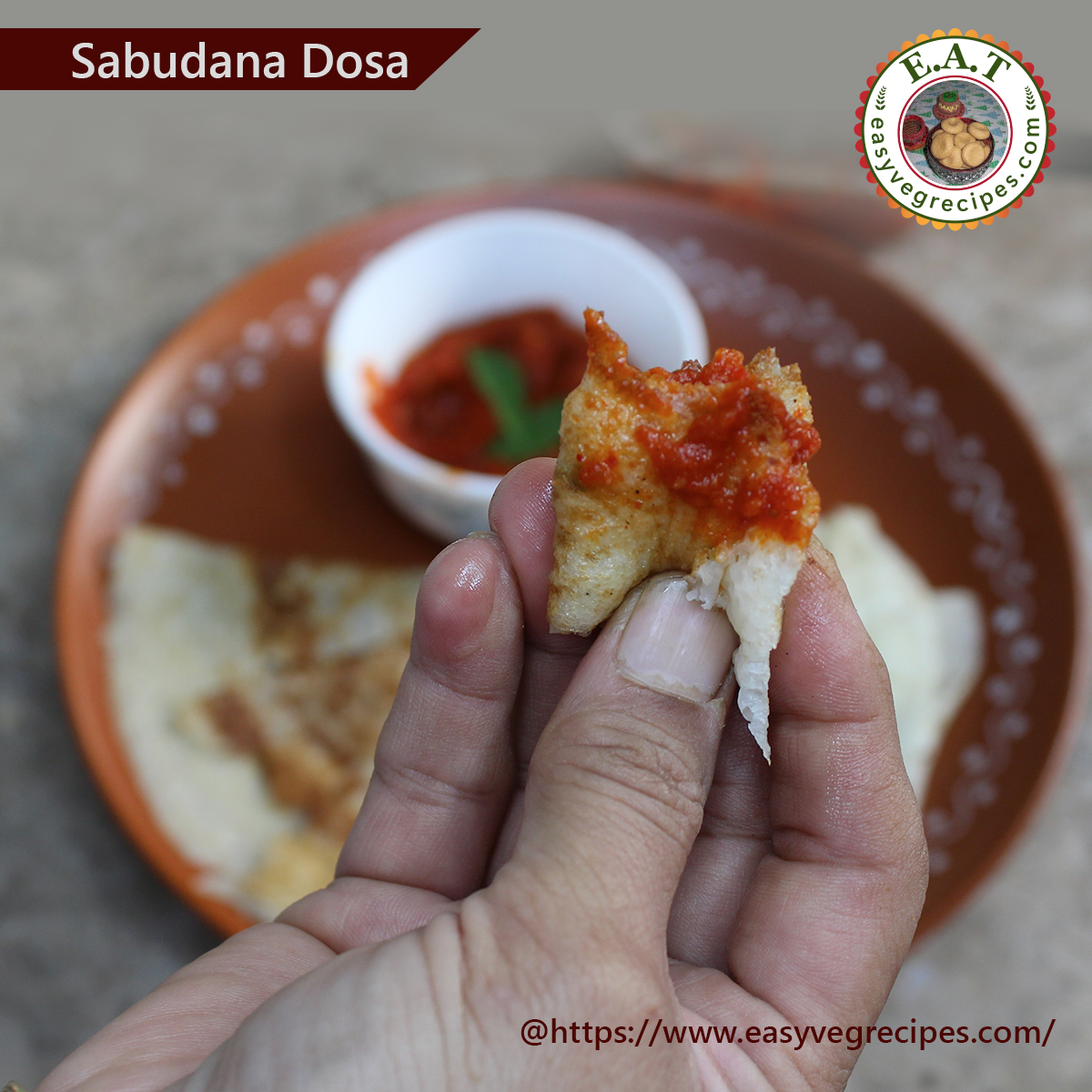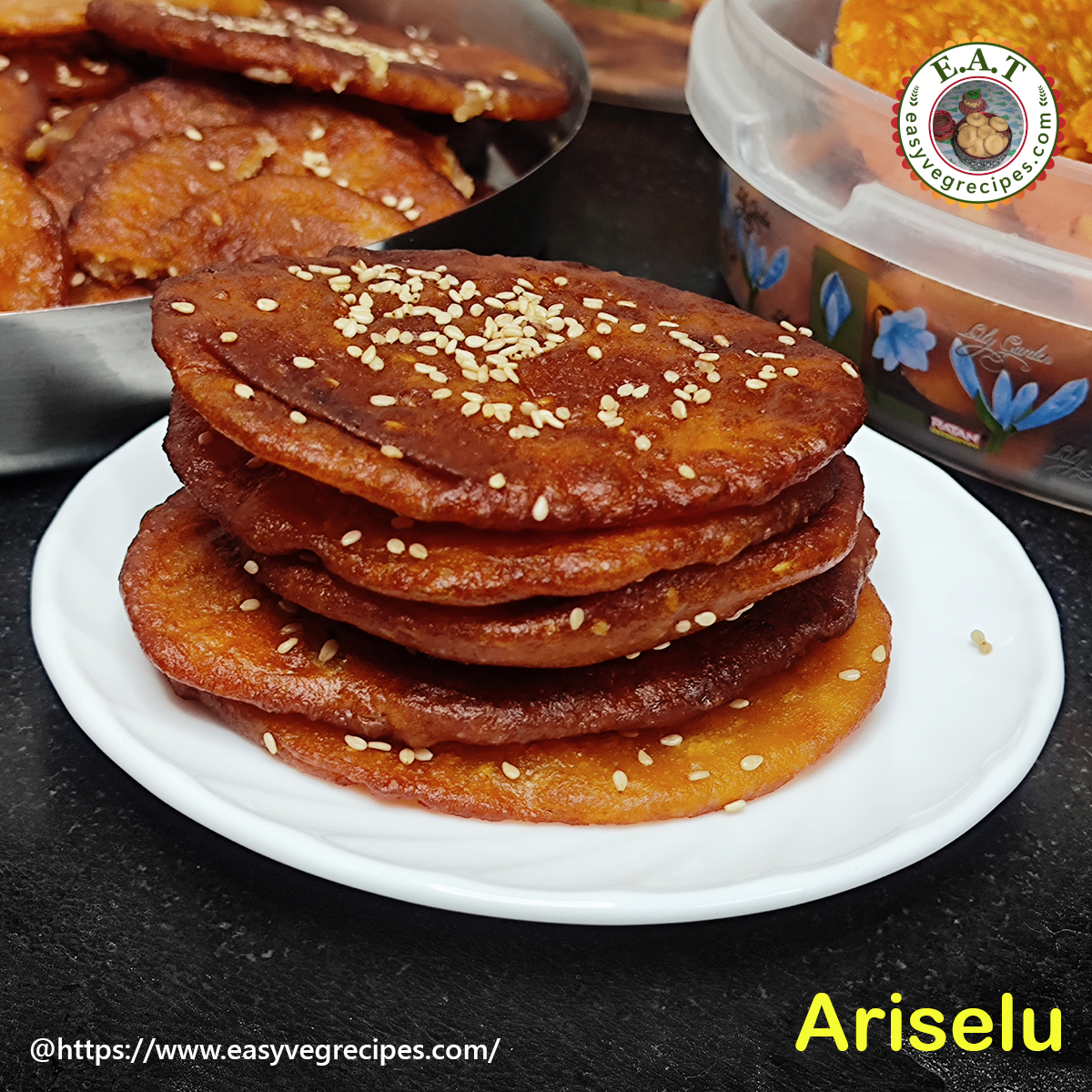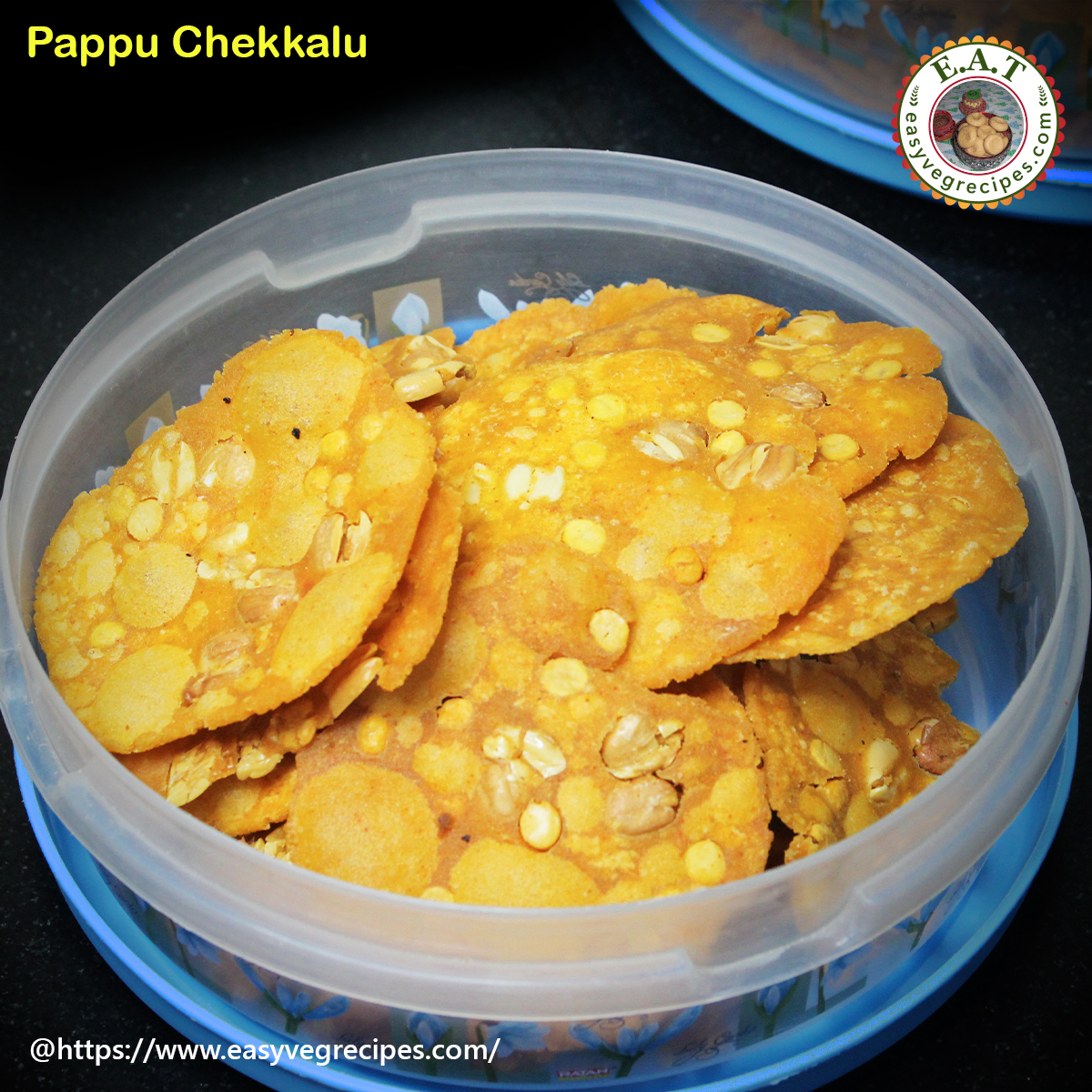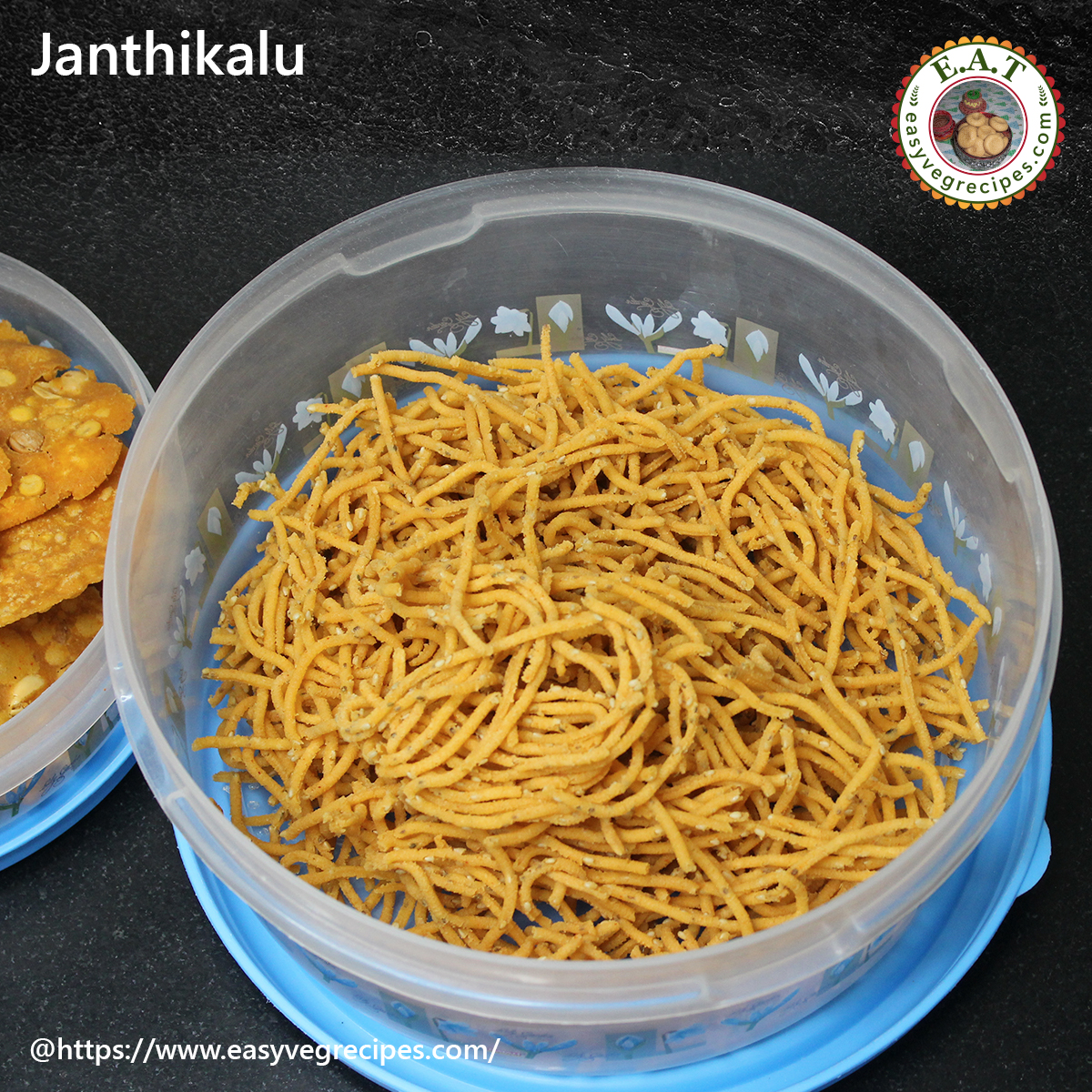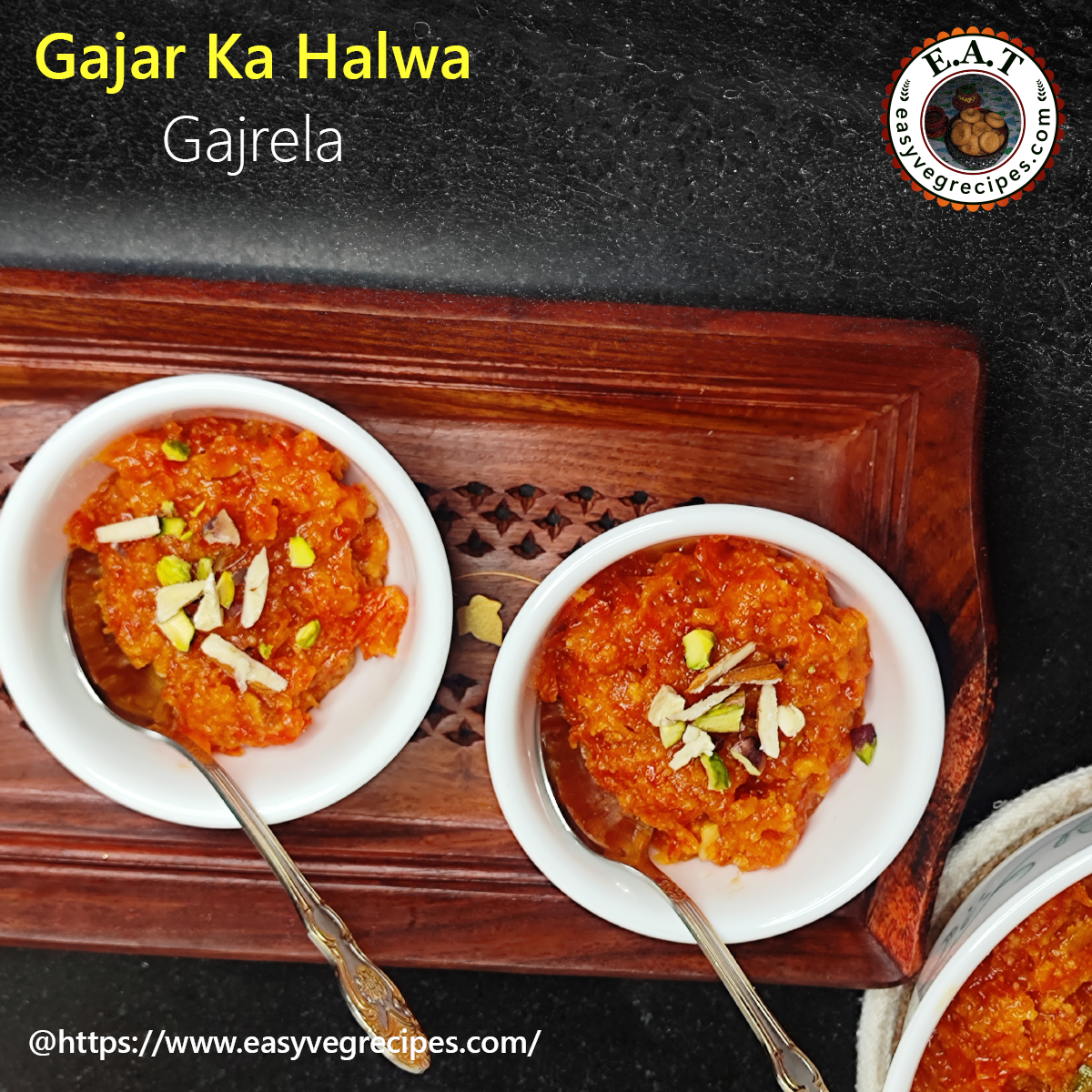Check out for other parathas recipes here:
Methi Paratha
Gobi Paratha
Vegetable Paratha
Plain Paratha
Dal Paratha
Click the video link below for a detailed recipe. Please like, share and subscribe to easyvegrecipes YouTube channel. And hit the BELL icon for further notifications.
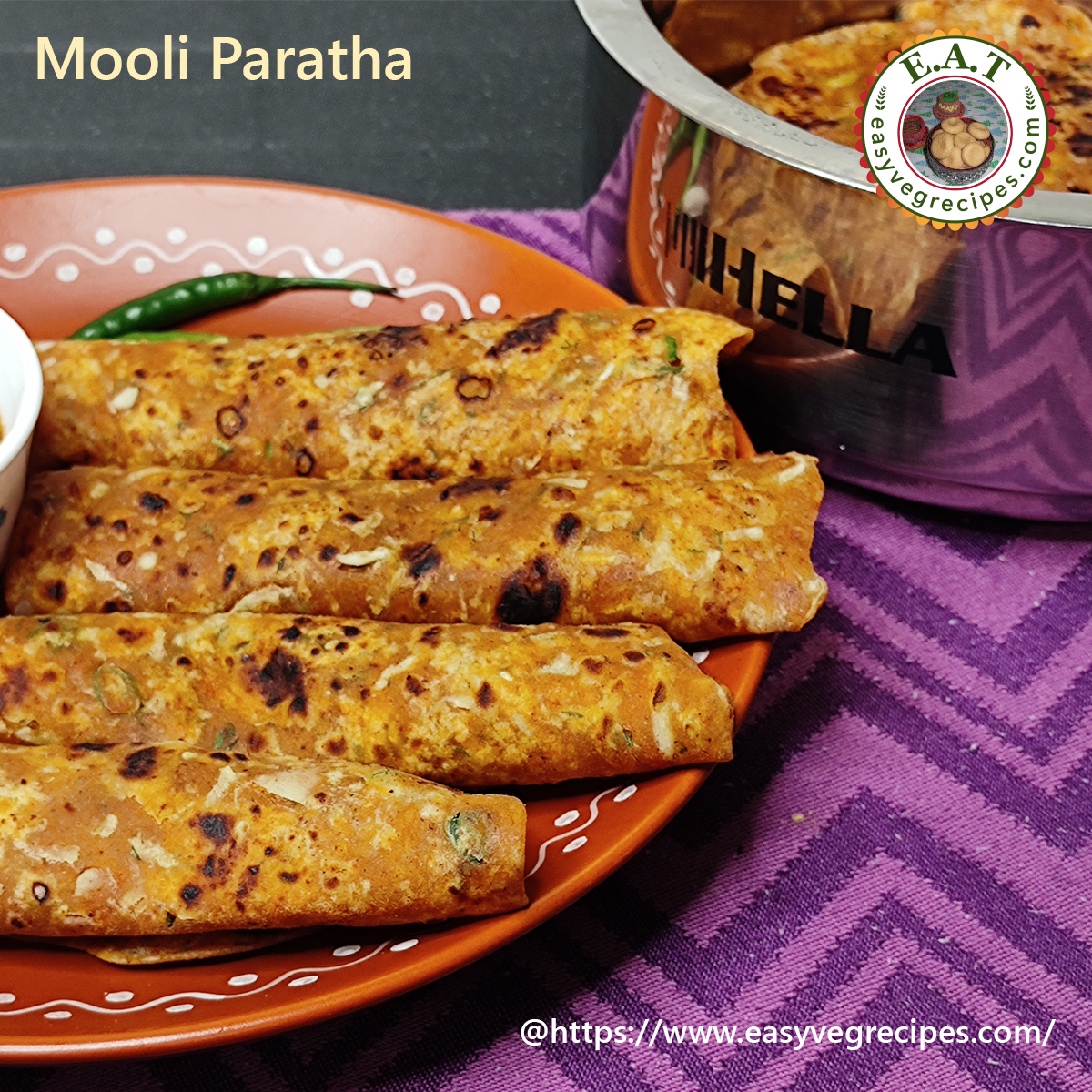
Mooli paratha is a Punjabi flat bread made with white radish and whole wheat flour. Best for dinner or breakfast.
Ingredients:
- 3 Cups Whole Wheat Flour
- 1 and 1/2 cup White Radish(grated)
- Salt to Taste
- 1 tsp Red Chilli Powder
- 1/2 tsp Garam Masala Powder
- 1/4 tsp Aamchur Powder
- 1 tsp Green Chillis(finely chopped)
- 1 tsp Ginger(finely chopped)
- 1 tsp Garlic(finely chopped)
- 1 tsp Coriander Leaves(finely chopped)
- 1/2 tsp Coriander Powder
- Oil to cook parathas
Procedure:
- Peel the skin of mooli/ white radish.
- Grate it using grater.
- Chopp green chillis, ginger and garlic.
- In a mixing bowl, add whole wheat flour, grated mooli.
- Add salt, red chilli powder, coriander powder and garam masala powder.
- Mix all of them well.
- Add green chillis, ginger and garlic.
- Again mix it well, while mixing squeeze and mix it.
- Water present in mooli would combine with whole wheat flour.
- Add chopped coriander leaves also.
- Knead the dough well while adding little water.
- Mooli mixed with salt and green chillis release water.
- Too much of water may make the mooli paratha dough sticky.
- So while adding water add it accordingly.
- Add 1 tbsp oil and knead it again.
- Cover it and allow the mooli paratha dough to rest for 15 minutes.
- Take a small portion of the dough, dust it with flour.
- Using a rolling pin roll it.
- Roll it uniformly to make 5 to 6" diameter paratha.
- Heat the roti tawa.
- Place the paratha and cook for 2 minutes.
- Flip it and again cook for another minute.
- Add 1 tsp of oil and cook for a minute.
- Again flip and add another spoon of oil.
- Cook for another minute and serve it.
- Serve hot mooli paratha with any spicy curry or pickle.
Parathas/chapatis are very healthy food for winter season. Making parathas with mooli is the best way to use it.
Ingredients:
Mooli - 2
Whole Wheat Flour - 1 cup
Salt - to taste
Red Chilli Powder - 2 tsp
Garam Masala Powder - 1 tsp
Green Chillies - 2
Water - as per requirement
Procedure:
Peel the skin of mooli/radish. Chop green chillies.
Add salt to it and squeeze the excess water from it.
Add this to whole wheat flour. Add salt, red chilli powder, garam masala powder and chopped green chillies to it.
Add grated radish to it.
Be careful while adding salt as we have added salt to the radish, it will take less salt in wheat flour. Mix well.
Knead the dough. Add only if water is necessary. Do not add more water. Radish has a quality of releasing water.
Knead it again. Apply 1 tsp of oil to the dough and rest it for 15 minutes.
Make equal portions of the dough.
Roll the parathas using rolling pin.
Heat tawa and apply oil to it.
Place the paratha on it and cook for 2 minutes or till the bubbles appear.
Flip it and again cook for 3 more minutes.
Repeat the same with the rest of the dough.
Mooli parathas are ready to serve. Serve them with curd or pickle.



